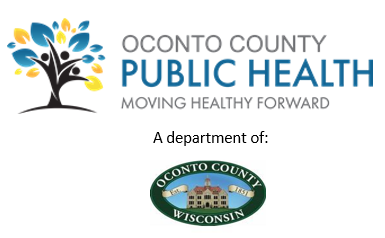New Report Finds Wisconsin EMS Providers Are Responding to More Falls
A new report from the Wisconsin Department of Health Services (DHS) finds that falls are a leading cause of injury and death in Wisconsin. The report, EMS and Falls in Wisconsin, shows that, in 2022, emergency medical services (EMS) providers responded to over 130,000 falls across the state, the top injury they responded to.
“This data provides unique insight into where and why falls are occurring, and sheds light on where resources are needed most,” says State Health Officer Paula Tran. “Today, the number of falls Wisconsin EMS providers respond to continues to increase at an accelerated pace. As Wisconsin’s population ages, preventing falls needs to be prioritized to support the health and independence of Wisconsinites statewide, and to reduce the impact of falls on Wisconsin’s EMS and health care systems.”
The report highlights data submitted to the Wisconsin Ambulance Run Data System (WARDS) and the National Fire Incident Reporting System (NFIRS) by EMS providers across the state.
Key findings include:
- EMS providers responded to 25,055 more falls in 2022 than in 2019.
- The number of falls EMS responds to are increasing by nearly 10,000 a year statewide, with an average increase of 7.4% a year since 2019.
- Falls made up 18% of 911-related ambulance runs in 2022.
- Private residences are the most common place that EMS responds to falls or fall-related injuries. Over four years, falls in private residences increased by about 5,000 falls a year, an average increase of 7.3% each year.
While not all falls cause fatal injuries, they still impact health and well-being in other ways, causing long-term health conditions stemming from injuries or loss of confidence and independence for those who experience a fall.
“Falls can seriously impact a person’s life. The good news is that there are steps people can take to reduce their risk of a fall,” says Kris Krasnowski, Executive Director of the Wisconsin Institute for Healthy Aging (WIHA), a statewide nonprofit that convenes Wisconsin’s falls prevention coalition. “Our new Falls Free Wisconsin initiative has been designed to give older adults, their families, and caregivers the resources they need to assess their risk of a fall and be safer at home and in the community.”
According to WIHA, most falls happen in and around the home. Vision problems, medications, poor lighting, loss of balance and strength, even some kinds of footwear are all factors that can lead to a fall. Falls Free Wisconsin has information, tools, and resources to help people make changes that address these challenges. Because while falls may be common as we all age, there are things everyone can do to avoid them:
- Eliminate trip hazards such as cluttered walkways and throw rugs.
- Install grab bars to steady yourself in the bathroom.
- Exercises to improve balance and strength.
- Check with a pharmacist or physician to learn how the medications can affect balance and strength.
In addition to the Falls Free Wisconsin initiative, WIHA’s Stepping On program provides information for people who want to reduce their falls risk. Wisconsin’s network of Aging and Disability Resource Centers (ADRCs) can support older adults in connecting with services and resources to encourage healthy aging.
